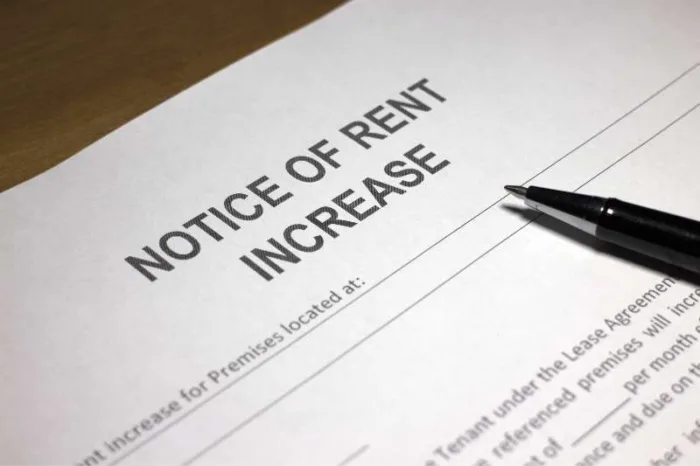Key takeaways
- The average annual rent growth since 2012 in the United States is 3.18%.
- Some cities with the highest rent growths in the country include those from New York, Michigan, and California.
- Trends to watch regarding rent growth moving forward include access control implementation, renting over owning, increased multifamily development, and offering more incentives to renters.

In recent years, rent growth has rapidly fluctuated, which, in turn, alters the way property managers operate their multifamily properties. So, it’s vital to know what to expect from the market, any potential trends moving into next year, and related property management tips.
This blog will cover the rent growth rate in the United States and the cities that saw the highest increases in recent years. Most importantly, it will reveal the rent growth trends to expect moving forward.
This post covers:
- What is the rent growth rate in the US?
- What cities have the highest rent increases?
- 4 rent growth trends to look for
What is the rent growth rate in the US?
Since 2012, the average rent increase per year in the US has been 3.18%.
The rent growth rate is often related to inflation, with both affecting one another. However, rent has increased faster than inflation in recent years, causing renters to lose purchase power. Moreover, rent has steadily increased since the pandemic, peaking in February of 2022 at 16%.
Of course, rent growth rates vary widely depending on where you are in the country. For instance, some cities have seen rent declines, whereas some saw record increases.
Is there a limit on rent increases in the US?
Whether or not rent increases are limited in the US depends on the state where you live.
Currently, there are seven states that have enacted legislation regarding rent caps or increases:
- California
- New York
- New Jersey
- Maryland
- Maine
- Oregon
- Minnesota
Other states either prohibit or allow cities and counties from implementing their own regulations on rent increases. So, it’s best to research your own state’s regulations.
Learn the best methods of budgeting for your property:
What is the average rent in the US?
According to RentCafe, the average rent price in the US is $1,702 for an 897-square-foot apartment.
What cities have the highest rent increases?
As mentioned above, rent increases differently depending on the area. Some cities may see significant increases, plateaus, or even decreases, depending on the city’s economy.
With that said, it’s important to stay updated on your city’s rent growth as it can impact how you raise rent at your property. After all, property managers must stay updated on the latest economic trends to appropriately attract and retain residents.
So, here are the highest increases in rent growth by city:
This data was collected by the SmartAsset 2023 Study, which encompasses more locations and even cities where rent decreased.
4 rent growth trends to look for
As rental rates fluctuate and change, you should know how to manage your property according to the latest trends.
The multifamily rent growth trends you should keep an eye on are:
1. Access control measures
As properties implement new amenities, such as an access control system, they can increase their rates by offering more to residents. After all, access control systems provide renters with peace of mind as it increases safety and security. Meanwhile, your property will benefit as you have greater control over who can enter and easily monitor access throughout the year.
The best access control products include the ButterflyMX ecosystem of products, which includes:
- Video intercoms
- Keypads
- Mullion readers
- Vehicle access control
- Front desk station
- Elevator controls
2. Multifamily development
The real estate industry is trying to meet the growing demand for housing, with a particular focus on multifamily developments. As multifamily construction increases, problems such as housing shortages and accommodating urbanization trends become the focus.
As a result of new residential units, you expect a more competitive landscape when it comes to attracting and retaining residents. The influx in rental prices creates a dynamic where renters may find increased options at varying rates.
3. Renting vs. owning
As seen in the last few years, renting continues to be cheaper because of the high interest rates on mortgages. Thus, single-family rentals will become much more popular as younger generations seek homes to start their family.
Not to mention, the increase in multifamily development will offer affordable and widely available starter home options.
4. Offering more incentives
To attract and retain residents in the competitive market, property managers and owners are offering more incentives.
These incentives could include:
- Temporary reduced rent
- Waived application fees
- Waived pet fees
- Additional amenities
Regardless of the incentives, they create a win-win situation, providing residents with added value while helping you maintain occupancy levels.








